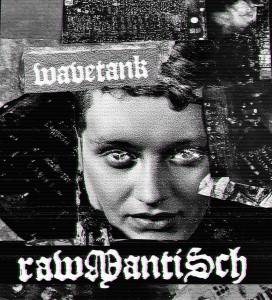
The title of Wave Tank’s 8-track album, RawMantiSch (2025, Bandcamp), makes immediately a connection with ‘romanticism’. Romantisch is the German word for ‘romantic’. In eighteenth- and nineteenth-century Europe, the Romantic movement in the arts was associated with heightened emotional expression and nature. It was a product of rural communities, valuing the countryside over the city. For the romantics, the city was unnatural, a monster.
But although the title does sound like ‘Romantisch’, it uses instead the word ‘raw’. Raw, of course, can mean raw or uncooked food, as it has come straight from nature. Moreover, ‘raw’ can be understood as raw emotions – i.e. feelings which are unfiltered by civilisation and societal norms, and they can often be seen as honest, frank and realistic. Raw feelings sometimes are valued more, as ‘raw’ is also used to mean strong or intense.
Wave Tank’s song Human Memories is exactly about this. It looks back at earlier stages of human life on earth to bring our attention to what valuable things we have lost in the name of extreme urbanisation, digitalisation, human-to-human connection, increased separation from nature, and more:
- ‘Do you remember the colours and the sunset?’, ‘Do you remember the rain?’, ‘Do you remember the trees?’
Similarly, Do You Want Time to Get Slow is a direct attack to city life:
- ‘Do you feel time getting slow when you walk away this modern city?’, ‘All puppets want you to work, to work in high speed.’, ‘Do you want to break the clocks?’
Read more…
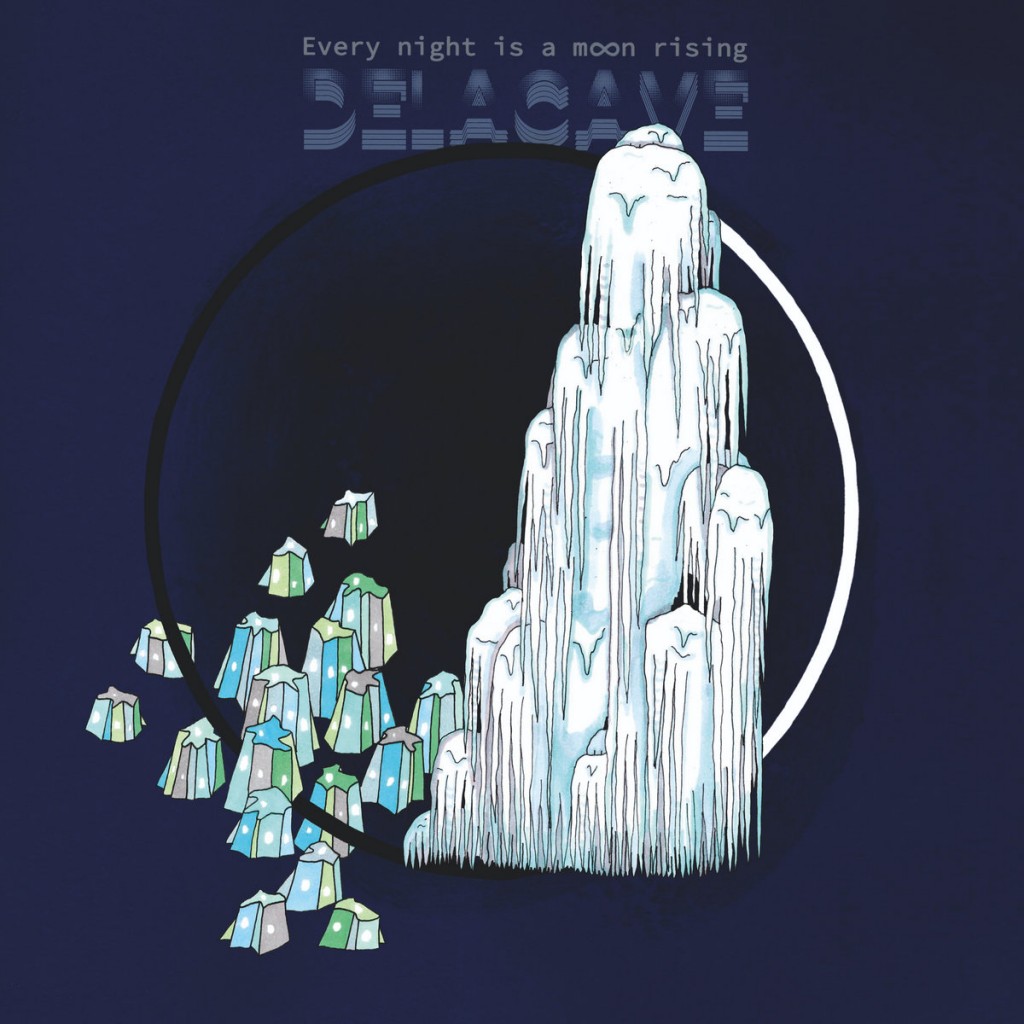 Every Night Is A Moon Rising (2023), the fourth album by Delacave, reveals that Seb Normal (synths, drums programming, and arrangements) and Liliane Chansard (vocals, bass, lyrics, and illustrations – as she is also a visual artist) are interested in people’s connection with nature. Their message now is: “every atom of our beings is nature”. Lyrics such as, “tropical bears in the white sand”, from the album’s opener Fatherless, and, “fish rise to the surface”, from the masterpiece Crossing Times, suggest that the duo, which call themselves a ‘gloom-wave’ band, are trying to give us a bigger picture of the world in which we live, with its rich variety of species that include both humans and non-humans. Every Night Is A Moon Rising (2023), the fourth album by Delacave, reveals that Seb Normal (synths, drums programming, and arrangements) and Liliane Chansard (vocals, bass, lyrics, and illustrations – as she is also a visual artist) are interested in people’s connection with nature. Their message now is: “every atom of our beings is nature”. Lyrics such as, “tropical bears in the white sand”, from the album’s opener Fatherless, and, “fish rise to the surface”, from the masterpiece Crossing Times, suggest that the duo, which call themselves a ‘gloom-wave’ band, are trying to give us a bigger picture of the world in which we live, with its rich variety of species that include both humans and non-humans.
Chansard’s drawings also echo this message. The small, white, floating pieces of what looks like ice, on the front-cover artwork and on the inner sleeve, are ice glaciers that have been cut off from the land, as the earth’s temperature rises, and travel in the sea, where they melt away. The ghost-looking and snow-covered mountains in front of the large moon on the front-cover have started to melt, too.
So, are Delacave actually environmentalists? And if they are, do they address the impact of human activity on the environment employing clichéd claims about buying a reusable coffee cup and recycling waste, using pictures of cute birds and animals in danger of extinction, or do they use pictures from The Ugly Animal Preservation Society and their own individual agency, like members of leaderless grassroots environmental movements, away from mainstream politics (or no politics at all), to influence spontaneous action locally and at community level?
Read more…
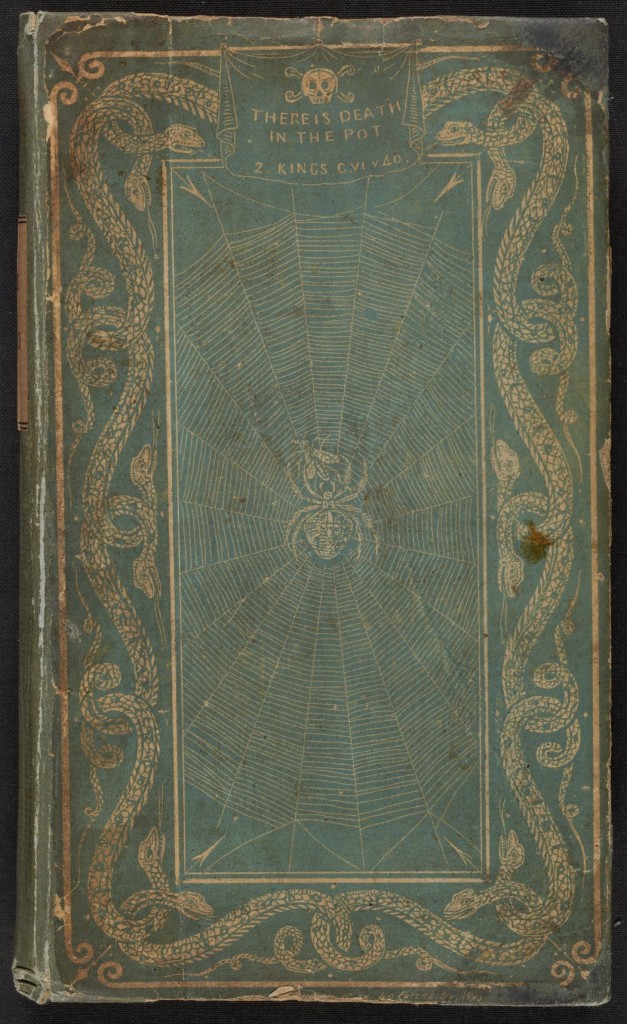 The 1820 book Death in the Pot: A Treatise on Adulterations of Food and Culinary Poisons, by the German-born and London-based chemist Friedrich Accum, was written to help consumers detect adulterated food sold as genuine. At the time, dangerous food practices that exposed people to economic frauds were widespread in the UK market, and profit-driven business owners who sold counterfeit food as genuine used additives that contained substances harmful to health. His methods could help detect whether the tea of a particular seller, for example, was genuine or just grass, which had been laid on sheets of copper to give it a golden hue and make it look like tea. They could also help detect a toxic, bleaching additive called alum, which was used to adulterate bread and make it appear whiter, allowing the baker to spend less on whiter flour, but charge more for it in the shop. The 1820 book Death in the Pot: A Treatise on Adulterations of Food and Culinary Poisons, by the German-born and London-based chemist Friedrich Accum, was written to help consumers detect adulterated food sold as genuine. At the time, dangerous food practices that exposed people to economic frauds were widespread in the UK market, and profit-driven business owners who sold counterfeit food as genuine used additives that contained substances harmful to health. His methods could help detect whether the tea of a particular seller, for example, was genuine or just grass, which had been laid on sheets of copper to give it a golden hue and make it look like tea. They could also help detect a toxic, bleaching additive called alum, which was used to adulterate bread and make it appear whiter, allowing the baker to spend less on whiter flour, but charge more for it in the shop.
The album A Story of A Global Disease (2022) by Marseille-born and Brussels-based musician Naomie Klaus also relates to fake things that are made to look genuine. It is based on an idea about the Japanese Tower in Brussels and the Japanese Gardens that surround it. The Japanese Tower was constructed during 1901-1904 by orders of King Leopold II of Belgium, who had admired a similar tower, a Japanese pagoda, at an international world fair of commerce, the 1900 Universal Exhibition in Paris, and purchased it immediately. The King then asked the French architect Alexander Marcel to modify it and re-build it for him in the gardens of his Royal Palace in Brussels. When it was completed, he promised to transfer it to the nation after his death, so when he died in 1909, it was passed to the Belgian state.
The album was recorded during the recent pandemic for the project ‘On the Go’ by a Brussels arts organisation. The project invited artists to share art with the public, while restrictions were still in place, by making music to accompany walks throughout Brussels. Klaus decided to write music for a walk in the park around the Japanese Tower. Today, the Japanese Tower is administered by a public organisation within the City of Brussels authority which uses it as a museum, the Museum of the Far East. Visitors can admire not just the architecture and the surrounding gardens, but also the building’s decorative elements, including furniture and stained-glass windows, and a collection of art objects relating to the Belgian-Japanese relations throughout the years of cultural and economic exchange between the two countries.
Klaus herself describes the album as a collection of songs about ‘the artificial paradises of globalisation’. Using a range of electronic equipment to filter voice, drum-kits, and trigger synths, she expands on the idea that copies of famous cultural artefacts – like the Japanese Tower – can be enjoyed as exotic spectacles outside of the country they were made, to talk about global communication, free trade, and the problems of a consumer society. Songs such as ‘Can I Be Your Gheisha?’, ‘Crocodile Skin Shoes’, ‘Tourism Workers’, and ‘Can You Tell Me What Is Micronet?’, question the idea that the world is a tightly-woven international community with strong cultural and economic links (through international exhibitions or festivals and inter-governmental trade agreements).
Read more…
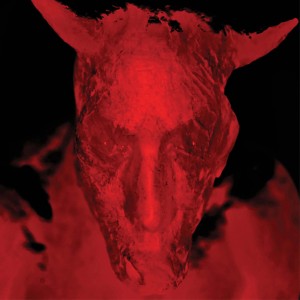 After its appearance as a musical work in live performances in the 2010s (i.e. Dark Mofo festival, Grotowski Institute, etc.), and as an art installation in 2020 at New York’s Fridman Gallery online and in 2022 in Germany and Portugal for in-person audiences, ‘Broken Gargoyles’ was released as an album in August 2022. The album, however, is neither the soundtrack to the installation, nor a recording of the musical performance. After its appearance as a musical work in live performances in the 2010s (i.e. Dark Mofo festival, Grotowski Institute, etc.), and as an art installation in 2020 at New York’s Fridman Gallery online and in 2022 in Germany and Portugal for in-person audiences, ‘Broken Gargoyles’ was released as an album in August 2022. The album, however, is neither the soundtrack to the installation, nor a recording of the musical performance.
With a booklet containing illustrations of paintings, photographs and poems, Broken Gargoyles (2022) is more than a music release. Diamanda Galás has included in the booklet four illustrations of her own paintings (there were sixteen in her installation), pre-WW1 German poetry, both in the original language and the English translation, and eleven images of wounded First World War soldiers with damaged faces, taken from a 1924 illustrated book compiled and published by the German activist and pacifist Ernst Friedrich.
The reason why Galás merges these textual, visual and audio elements is that they had been used separately for years – in isolation from each other. So, with Broken Gargoyles (2022) she re-connects them. This allows her not only to re-establish the links that existed between them, but also to create new links between the historical material and some contemporary elements (her photographic portraits, taken by Robert Knoke and Austin Young, and her music). In the 2020 installation, Galás had also included film.
But the linking of all these artefacts is more of a protest against the forces that un-linked, or separated, them, and the forces that kept them apart throughout the years. In this sense, Galás engages with the separation of the arts, or the tendency to place strict barriers between different art forms. This is a widespread phenomenon in our time. We have, for example, music magazines, art magazines, poetry magazine, and so on, in which music, art, poetry, or any other art form, is discussed separately, in isolation from the other arts.
Separating the arts, and cutting off the links that exist between them, can be problematic. The arts are different forms of expression, so if we work using a single art form, we cannot provide the whole picture of a given subject. In other words, we do not tell the whole story to our audiences.
Read more…
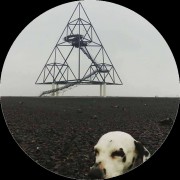
8 years after the first album, two 7″ from Kernkrach and a CDr self-released in 2016 with singles and tracks previously featured on compilations, Moonlandings is the latest long awaited album from Gertrud Stein, a solo act from London who’s striking again with a self-released 4 tracks EP.
It kicks off with 2m2, a killer track rhythmed by synthetized percussions evoking whiplash sounds over a gritty bassline and a pulse that could drive people berserk on the dance floors. Monotonie carries on with the drive of tight analogue drums and a raw bass that is typical of her sound. On the B side, Sad Song is a throbbing slow track with more robotic rhythms and melancholic lyrics with spacey effects reminiscent of laments from beyond. Then Wires and Lights ends in beauty with another generous dose of lovely synth tunes and dissonant percussions. In its whole, the minimal groove and trippy synths that were assembled here should satisfy the cravings of any minimal electronics junkie.
The dark energy emerging from Moonlandings definitely seems to come from outer space. I was glad to find back the trademark sound of Gertrud Stein, but more importantly, I was very excited to find the same drive and madness that was pushed even further.
EP / Digital Album
|





